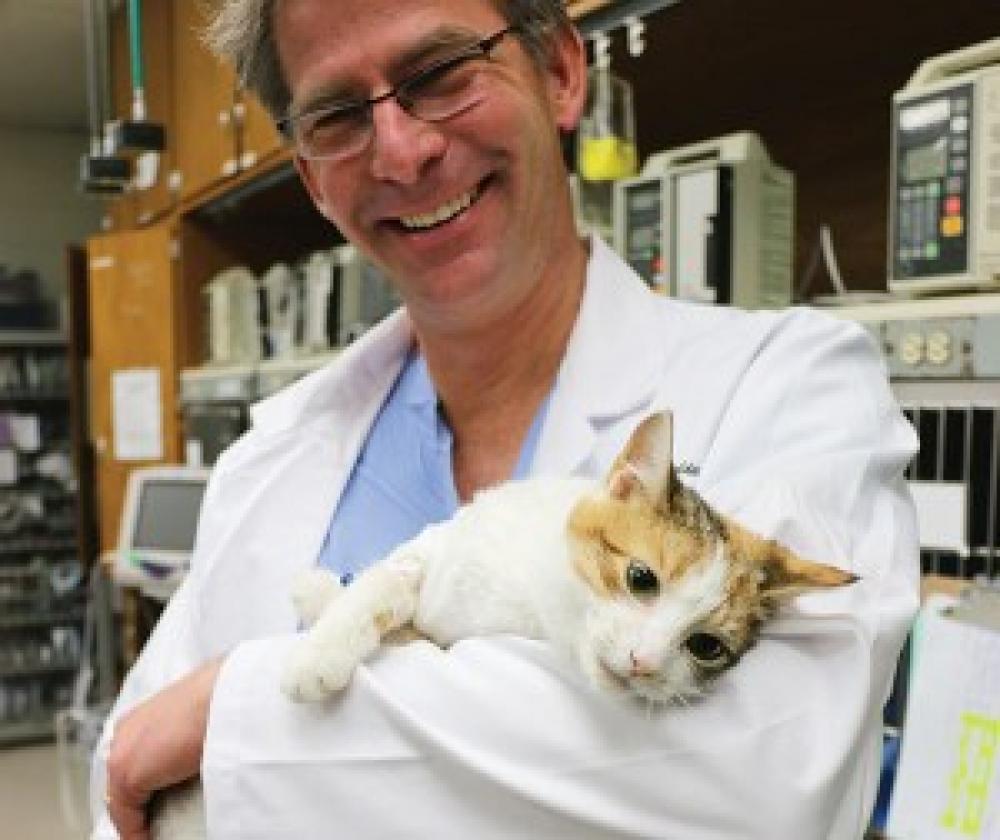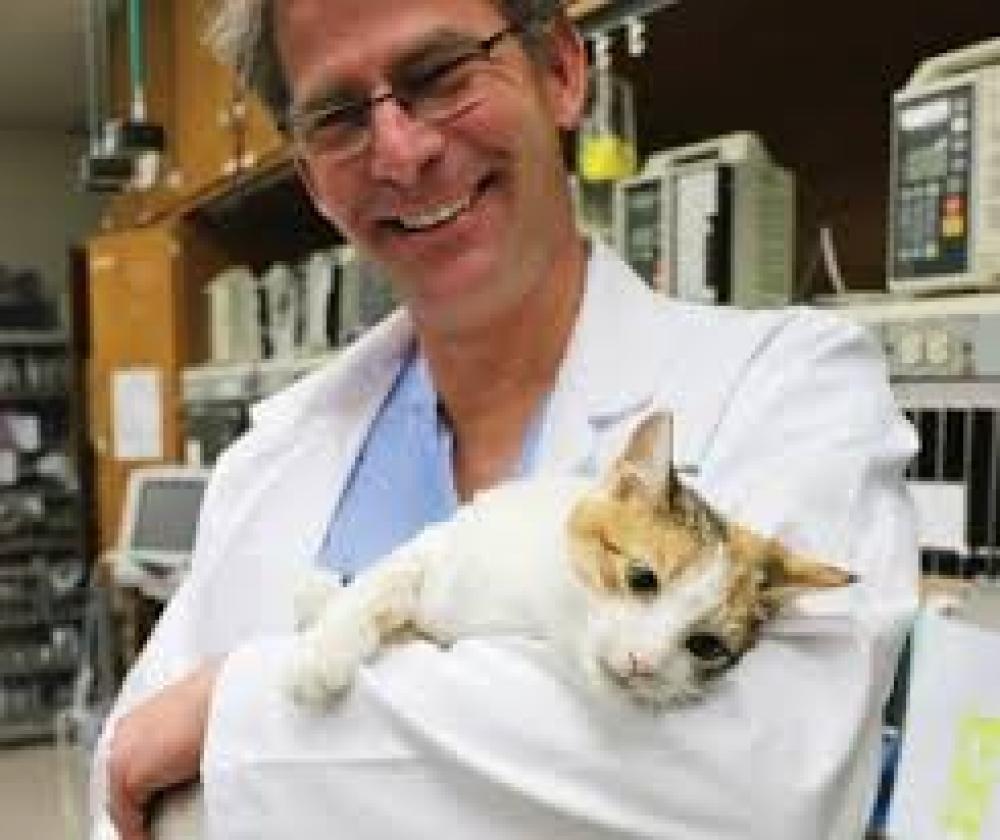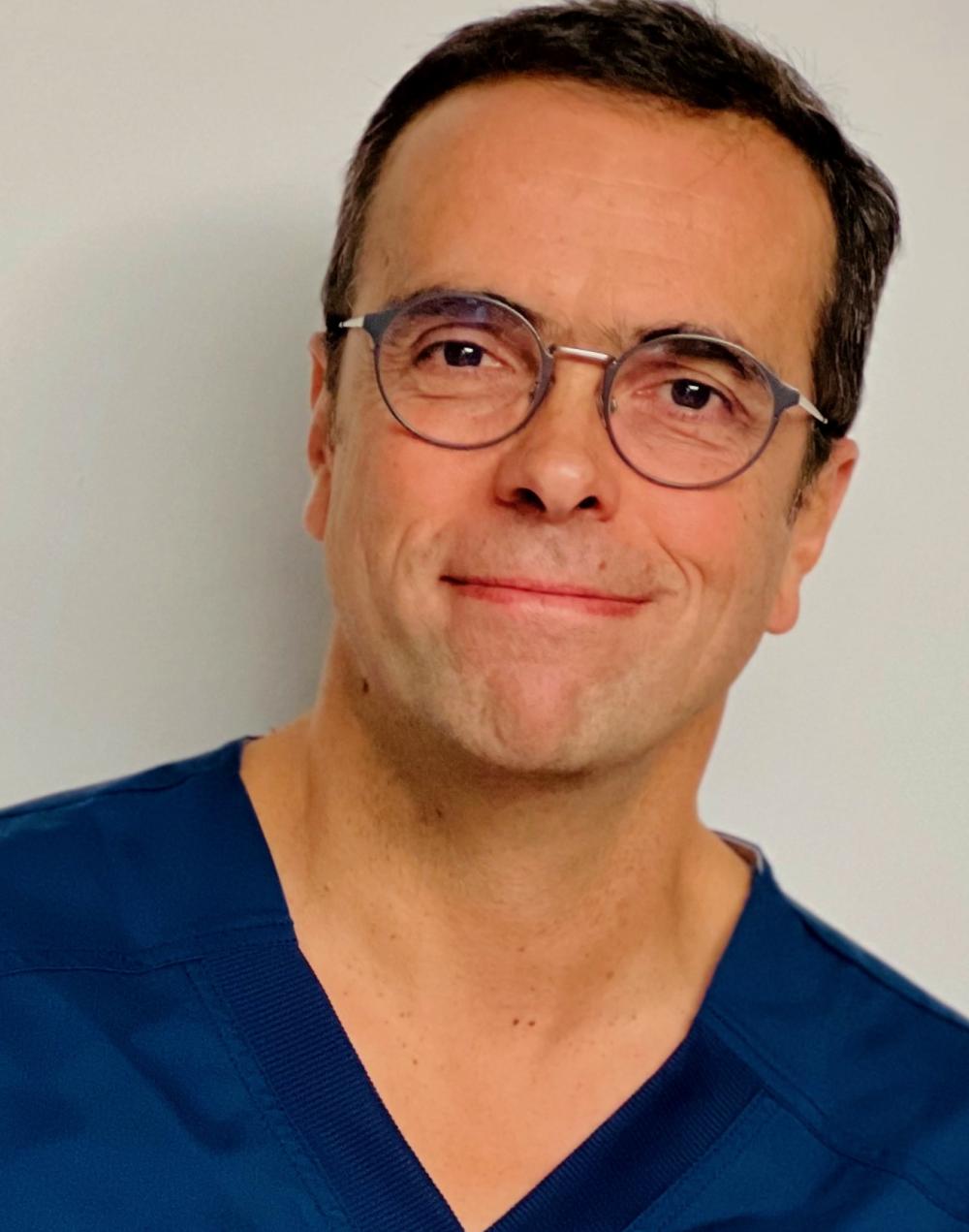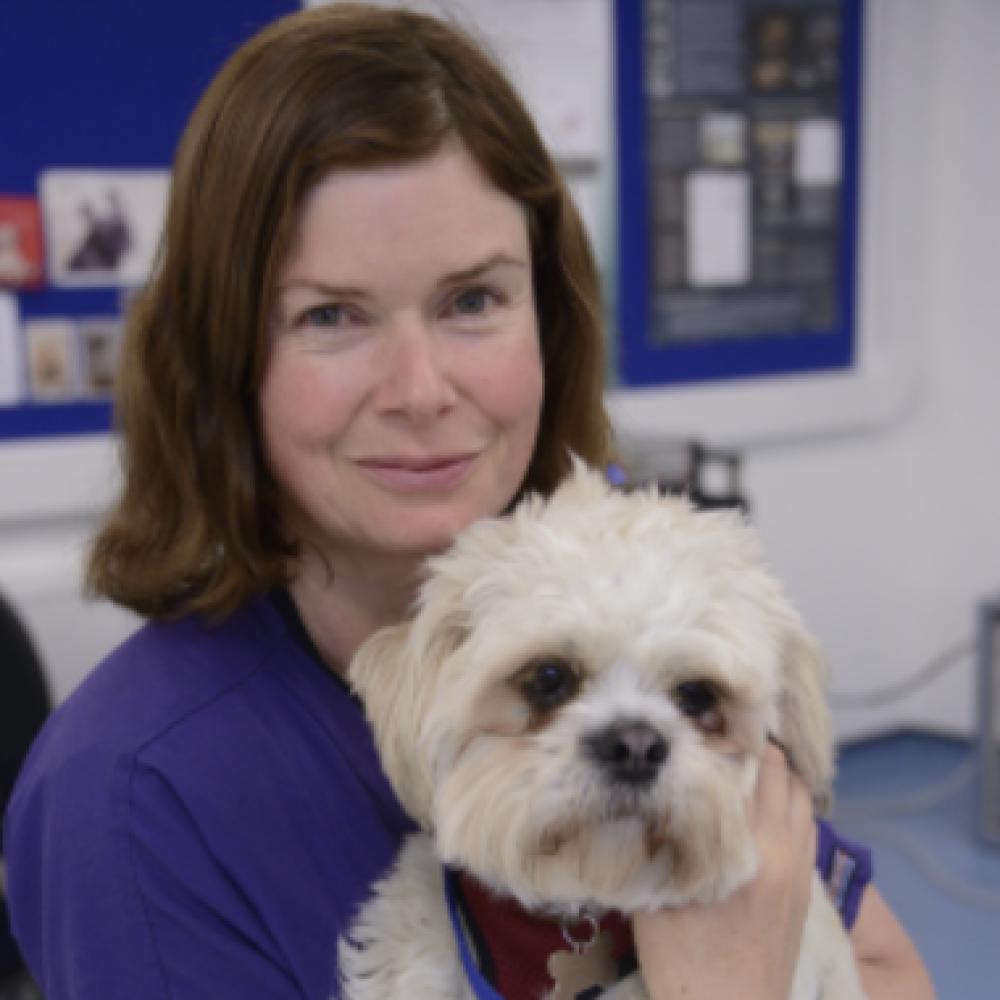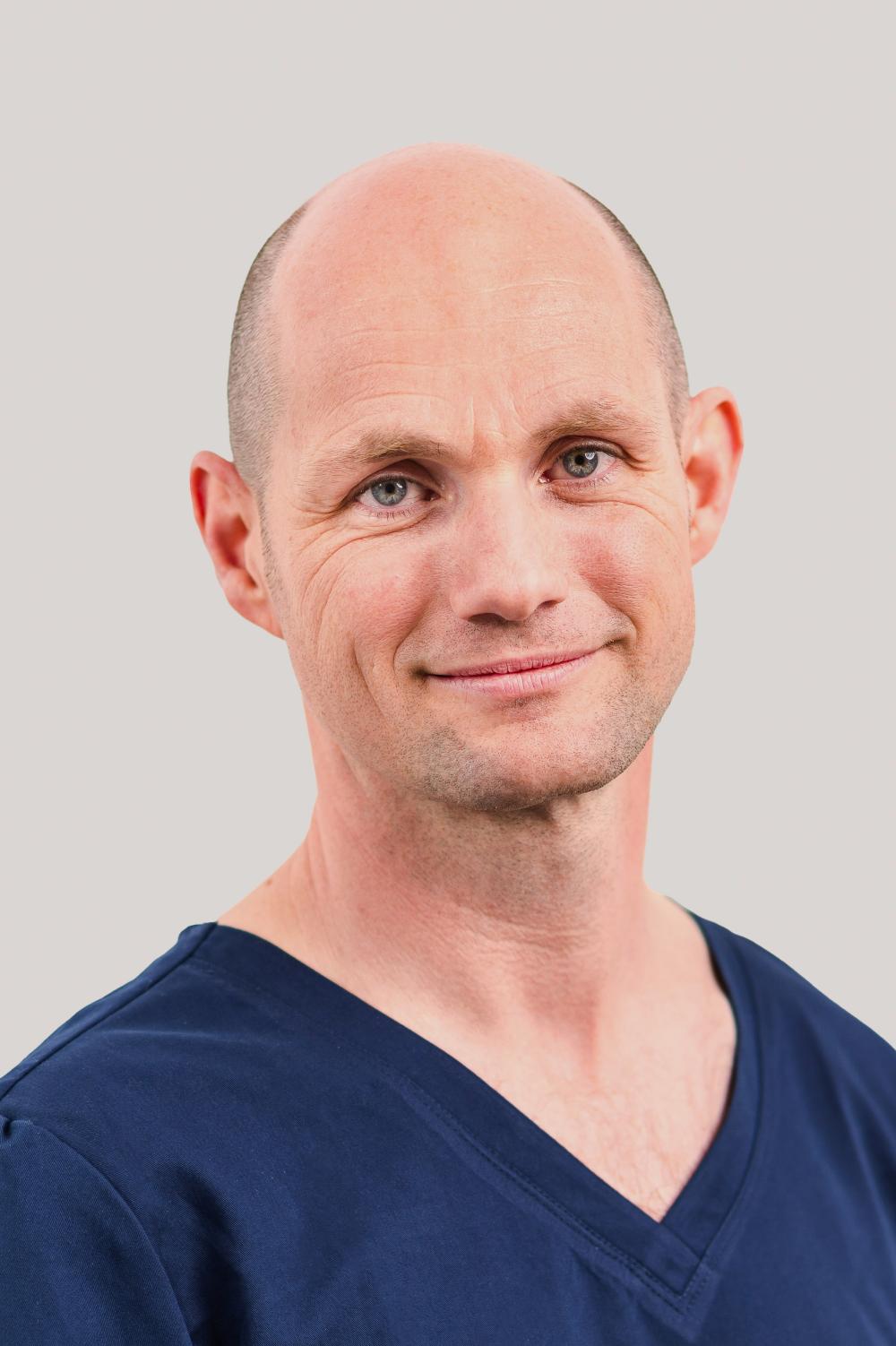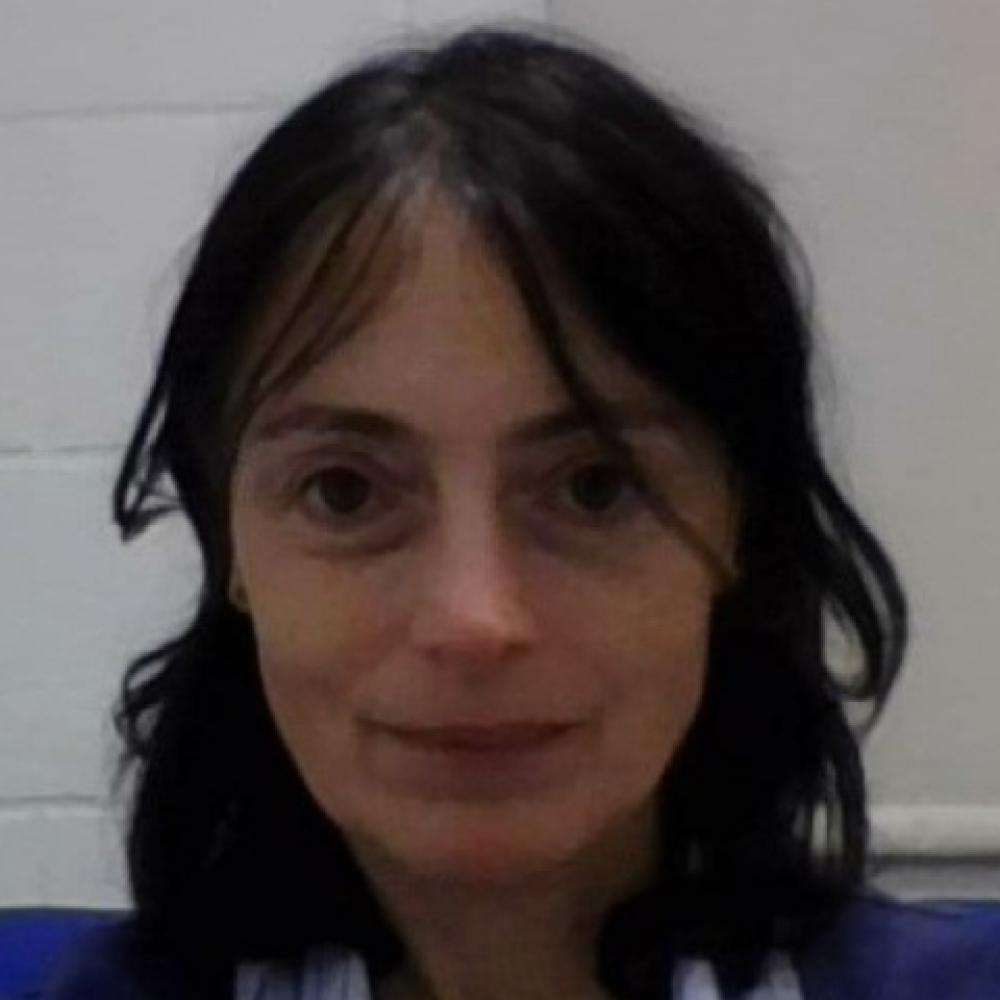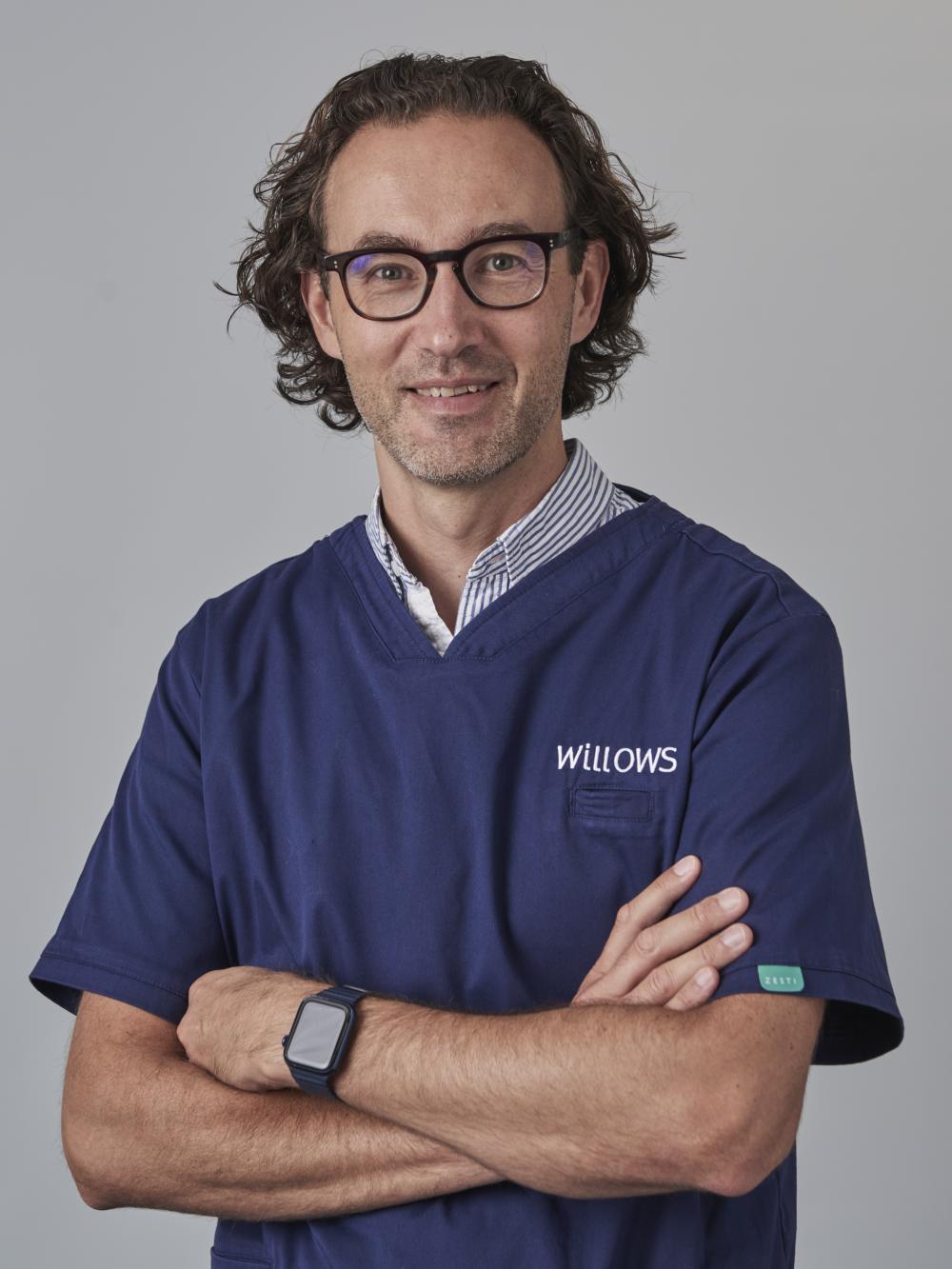Develop Your Surgical Skills with our Small Animal Surgery Program
Are you a veterinarian looking to take your surgical skills to the next level? Improve Veterinary Education is here to help you excel in small animal surgery through our unique and comprehensive online and in person continuing education program.
Why Choose Our Small Animal Surgery Program?
- World-Class Teaching Materials: Gain access to our cutting-edge teaching materials, developed by a team of global surgical specialists. Our learning resources are designed to provide you with the latest advancements and techniques in soft tissue surgery and orthopedic/spinal surgery.
- Flexibility and Work-Life Balance: Our program offers a blended learning approach, allowing you to study at your own pace online and also in-person. Take control of your schedule and effectively manage your work-life balance while acquiring essential knowledge to apply immediately in your clinical practice.
- Practical Training in a Gold-Standard Venue: Experience hands-on practical sessions at Irvine Health in California. This venue provides an optimal learning environment to hone your surgical skills through 10 practical hands-on sessions utilising the latest equipment.
Don't miss this opportunity to invest in your professional development and elevate your surgical expertise. Join our Small Animal Surgery Program and become part of a global community of veterinarians dedicated to advancing their surgical skills.
Hear what our delegates have to say
Don’t just take our word for it - our delegate feedback speaks for itself.
Key features of this program
24 varied modules /248 hours of RACE-approved CE
Covering soft tissue and orthopedic procedures delivered over 24 months
Support and guidance from a Module Tutor who is a recognized specialist in small animal surgery
The specialist in the subject area will provide online support during each module and will be available to answer all your questions
Multiple learning processes
Presentations, written notes, interactive quizzes and exercises which test your knowledge as you work
High-quality surgical videos
The modules will be supported by surgical videos delivered by a world-class surgeon
Discussion forum
A discussion forum for conversation, debate and sharing cases with your peers and Module Tutors
Four sessions per month
Each module consists of four sessions spread over one month. Sessions comprise separate lessons and case-based studies to work through at your own pace
Distance and practical learning program
Giving you access 24/7 wherever you are using your desktop, laptop, or tablet. Supported by 10 practical hands-on sessions delivered in state-of-the-art wet-lab facilities
Regular assessments
Pre-module and post-module assessments encourage you to reflect on your learning and evaluate your progress
Dedicated Program Coordinator
A dedicated Improve Veterinary Education Program Coordinator who will support you every step of the way
Interactive and engaging modules
Which allow you to absorb the learning materials in an online environment
24 varied modules /248 hours of RACE-approved CE
Covering soft tissue and orthopedic procedures delivered over 24 months
Support and guidance from a Module Tutor who is a recognized specialist in small animal surgery
The specialist in the subject area will provide online support during each module and will be available to answer all your questions
Multiple learning processes
Presentations, written notes, interactive quizzes and exercises which test your knowledge as you work
High-quality surgical videos
The modules will be supported by surgical videos delivered by a world-class surgeon
Discussion forum
A discussion forum for conversation, debate and sharing cases with your peers and Module Tutors
Four sessions per month
Each module consists of four sessions spread over one month. Sessions comprise separate lessons and case-based studies to work through at your own pace
Distance and practical learning program
Giving you access 24/7 wherever you are using your desktop, laptop, or tablet. Supported by 10 practical hands-on sessions delivered in state-of-the-art wet-lab facilities
Regular assessments
Pre-module and post-module assessments encourage you to reflect on your learning and evaluate your progress
Dedicated Program Coordinator
A dedicated Improve Veterinary Education Program Coordinator who will support you every step of the way
Interactive and engaging modules
Which allow you to absorb the learning materials in an online environment
Program details
Module Summary
01 - Surgical Basics: Asepsis, Instrumentation, Operative techniques and Wound healing
Key Learning Objectives
- Asepsis, sterilization and appropriate antibiosis for surgical cases
- Surgical instrumentation and proper handling
- Different uses of sutures, needles, staples and clips
- Wound healing principles and how to apply them to clinical cases
- Principles of wound management and latest innovations
02 - Urinary and Reproductive tract surgery
Key Learning Objectives
- Renal surgery principles and techniques
- Obstructive diseases of the urinary tract
- Management of urolithiasis
- Surgical options for urinary incontinence: colposuspension, TVT and urethral occluders
- Surgery of the male reproductive system – from prostatic omentalization to penile and preputial procedures
- Surgery of the female reproductive system – ovariectomy and ovariohysterectomy
03 - Upper Gastrointestinal Surgery
Key Learning Objectives
- Surgical approaches to salivary gland disease
- Esophageal disease - indications for surgical treatment
- Gastrotomy and gastrectomy - indications beyond GDV
- Small intestinal disease and how to minimize complications
- Ruptures and hernias
04 - Lower Gastrointestinal Surgery, Liver, Spleen and Pancreas
Key Learning Objectives
- Large intestinal surgery - differences between cats and dogs
- Surgical approaches to the rectum and anus
- Different options for liver surgery – suture, staples or electrosurgery
- Biliary tract surgery – anatomy and surgical options
- Pancreatic surgery
- Splenectomy - indications, techniques and alternatives to surgical removal
05 - Oral, Pharyngeal and Aural surgery
Key Learning Objectives
- Surgery of the lips, cheeks and tongue
- Surgical treatment of palatal abnormalities
- Maxillectomy and mandibulectomy
- Pharyngeal surgery and options for tonsillar surgery
- Aural surgery: lateral wall resection, vertical canal ablation, ventral bulla osteotomy, total canal ablation, lateral bulla osteotomy and approach to aural hematoma
06 - Surgery of the Upper Airways, Larynx and Trachea
Key Learning Objectives
- Conditions of the nasal planum according the animal´s age
- Indications for nasal sinuses surgery
- Brachycephalic airway syndrome
- Surgery of the larynx: paralysis, collapse, trauma, stenosis and neoplasia
- Surgery of the trachea: tracheotomy, tracheostomy, tracheal avulsion, collapse, resection/anastomosis, trauma, foreign bodies and neoplasia
07 - Surgery of the Abdominal and Thoracic Cavities
Key Learning Objectives
- Peritonitis: pathophysiology, clinical signs, diagnosis and treatment options
- Thoracic surgery
- Differences between small and large dogs
- Thoracostomy for pneumothorax, pyothorax and chylothorax
- Thoracotomia
- Lung lobectomy
- Pericardectomy
- PDA
- PRAA - regurgitating patients and thoracotomy
- Chylotorax
- Chest wall diseases
08 - Surgical Oncology
Key Learning Objectives
- Principles of oncologic surgery: approaches to the most common tumors seen in practice
- Latest treatment options for mast cell tumors
- Oral tumors - performing maxillectomy and mandibulectomy
- Gastrointestinal tumors
- Feline-specific tumors
09 - Reconstructive Surgery - Practical Session
Key Learning Objectives
- Tension relieving techniques
- Undermining
- Tension relieving sutures
- Walking sutures
- Bolster / stent sutures
- Continuous pretensioning sutures
- Relaxing incisions
- Multiple punctate relaxing incision
- Simple relaxing incision
- Z-plasty
- V-Y plasty
- Wound closure
- Rectangle / square shape wound
- Circular/crescent shape wound
-
- Triangle shape wound
- Dog ears
- Subdermal plexus flaps
- Advancement flaps
-
- Rotation flap
- Transposition flap
- Interpolation flap
- Axial pattern flaps
- Thoracodorsal flap
- Caudal superficial epigastric flap
- Skin graft
- Full-thickness meshed skin graft
- Pinch and punch graft
10 - Head and Neck Surgery – Practical
Key Learning Objectives
- Total ear canal ablation and lateral bulla osteotomy
- Ventral bulla osteotomy
- Lateral approach to the larynx and demonstration of unilateral arytenoid lateralization
- Thyroidectomy (modified extracapsular)
- Mandibular and sublingual sialadenectomy
11 - Thoracic Surgery – Practical Session
Key Learning Objectives
- Thoracotomy
- Lateral intercostal thoracotomy
- Median sternotomy
- Lung lobectomy
- Total lung lobectomy
- Pericardectomy
- Partial pericardectomy
- Thoracocentesis / Thoracic drain placement
- Abdominal drain placement
12 - Gastrointestinal Surgery – Practical Session
Key Learning Objectives
- Esophageal surgery
- Esophageal tube placement
- Approach to the cervical esophagus
- Esophagotomy/ Esophagectomy
- Gastric surgery
- Gastrostomy tube placement
- Gastrotomy/ Gastrectomy
- Gastropexy (incisional)
- Intestinal surgery
- Enterotomy / Enterectomy
- Intestinal biopsies
13 - Urological Surgery - Practical Session
Key Learning Objectives
- Nephrectomy / Nephrotomy
- Renal biopsies
- Cystotomy/ Nystectomy
- Urethrostomy (parascrotal in the dog and perineal in the cat)
- Cystostomy tube placement
- Urohydropulsion
14 - Joint Diseases of the Forelimb
Key Learning Objectives
- Shoulder conditions including luxation, osteochondrosis, dysplasia and excision arthroplasty surgery
- Elbow conditions including, luxations, IOHC, dysplasia, developmental disease and ununited anconeal process
- Developmental carpal disease, carpal hyperextension, arthrodesis and luxations of the carpus and foot
- Growth plate disorders
15 - Joint Diseases of the Hindlimb
Key Learning Objectives
- Pros and cons of surgical options for the ruptured cruciate ligament
- Alternative causes of stifle dysfunction besides the cranial cruciate ligament
- Relate the underlying causes of patellar luxation with the appropriate surgical approach
- Hock anatomy - conditions that affect the joint including osteochondrosis and luxation
- Possible treatments for conditions that affect the hip including dysplasia and luxation
- Pros and cons of total hip replacement
16 - Fracture Repair I
Key Learning Objectives
- Initial assessment of the fractured patient
- Fracture classification
- Principles of fracture repair and practical applications
- Fracture fixation methods and implants including plating and external fixation devices
17 - Fracture Repair II
Key Learning Objectives
- Principles of fracture reduction, including both closed and open techniques
- Bone grafting - cancellous and cortical
- Fore and hindlimb specific fracture stabilization
- Clinical approaches to the following complications: Delayed union/Non-union/Mal-union/Osteomyelitis
18 - Spinal Surgery I
Key Learning Objectives
- Systematic neurological exam and interpretation: localizing spinal lesions
- Application of neurodiagnostics
- Approach and management of paraplegia and tetraplegia
- Clinical approach to neurological emergencies, including cranial trauma and status epilepticus
19 - Spinal Surgery II
Key Learning Objectives
- Surgical options for spinal surgery according to site
- Cervical spine - ventral slot procedure
- Thoracolumbar spine - hemilaminectomy
- Lumbosacral spine - dorsal laminectomy
- CSF tap and myelography - landmarks for acquiring CSF samples and obtaining diagnostic myelograms
20 - Internal Fixation I - Practical Session
Key Learning Objectives
- Application of cerclages and tension band fixations
- Application of positional and lag screws
- Tibial fractures
- Medial approach to the tibia
- Application of a bone plate
- Radial fractures
- Cranio-medial / lateral approach to the radius
- Application of a bone plate
- Femoral fractures
- Lateral approach to the femur
- Application of a bone plate and an intramedullary pin (plate and rod)
21 - Internal Fixation II - Practical Session
Key Learning Objectives
- Recognize the most important features to correctly approach humeral fractures
- Approach the humeral shaft laterally
- Apply a bone plate and an intramedullary pin (plate and rod)
- Perform a dorsal approach to the carpal joint
- Perform a carpal arthrodesis
- Perform a medial and lateral approach to the tarsal joint
- Perform a tarsal arthrodesis
22 - External Fixation and Bone Grafting - Practical Session
Key Learning Objectives
- Cancellous bone grafting
- Harvest cancellous bone from the proximal humerus
- Review external fixation equipment
- Pins, bars and clamps
- Tibial Fracture
- Surgical repair with a type II linear frame
- Comminuted Radial Fracture
- Surgical repair with a type Ib linear frame
23 - Joint Diseases of the Forelimb - Practical Session
Key Learning Objectives
- Shoulder joint
- Caudolateral and craniomedial approach to the shoulder joint
- Biceps tenotomy
- Elbow joint
- Medial and lateral approach to the elbow joint
- Subtotal coronoidectomy
- Lag screw fixation of UAP
- Proximal / distal ulna osteotomy
24 - Joint Diseases of the Hindlimb - Practical Session
Key Learning Objectives
- Hip joint
- Craniodorsal approach to the hip
- FHNO
- Stifle joint
- Lateral approach to the stifle
- Lateral fabello-tibial suture
- Recession trochleoplasties
- Tibial tuberosity transposition
Qualifications
General Practitioner Certificate (GPCert)
This course is accredited by ISVPS and allows you to achieve a General Practitioner Certificate
Postgraduate Certificate (PgC)

Our Small Animal Surgery Blended Learning Program offers you a comprehensive range of structured learning with the ultimate flexibility to access the training that you want whilst working around your busy practice life.
You can choose to let the program give you new knowledge and skills to take back to practice or you can work towards a recognized qualification.
General Practitioner Certificate (GPCert)
By attending the online structured program, practical sessions, and following successful assessments, including an exam, you can gain the GPCert awarded by the International School of Veterinary Postgraduate Studies (ISVPS).
Only registered veterinarians who have been qualified for a minimum of one year can apply to undertake a General Practitioner Certificate.
Postgraduate Certificate (PgC)
Our partnership with Harper Adams University (HAU) offers a route to a PgC in small animal surgery.
Harper Adams University (HAU) is the leading UK specialist university tackling the future development of our planet’s food production, animal sciences, and sustainable business.
The PgC is a recognized university qualification demonstrating that you have achieved the required standard within a designated subject. The qualification represents Masters Level 7 within the UK’s Quality Assurance Agency’s framework for higher and further education.
Participants wishing to gain a postgraduate certificate must have worked in practice for at least one year before starting the initial program.
For GPCert and PgC fees, please see our pricing page.
Speakers
Pricing
Up to 60 days before course starts
Less than 60 days before course starts
Pricing Billing
Small Animal Surgery Early price
Payment Terms & Conditions
Registration Information
100% Satisfaction
We're completely confident in the quality of our training and CE. So much so that if you're not 100% satisfied with your certificate course, we'll give you a 100% refund. Just get in touch with us within 30 days of your start date and we'll sort the rest. T's and C's apply.
Find out moreNo ordinary online learning experience
Learn with the leading global provider of online veterinary CE!
Find out more





